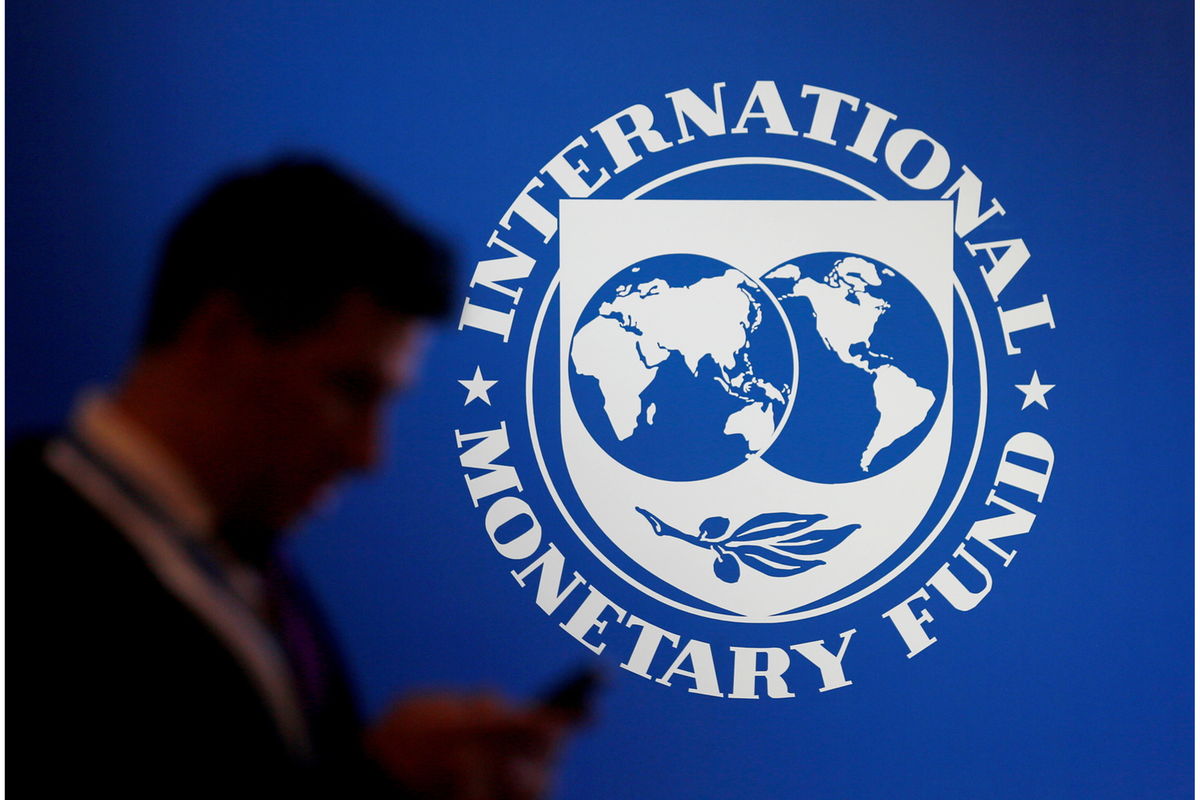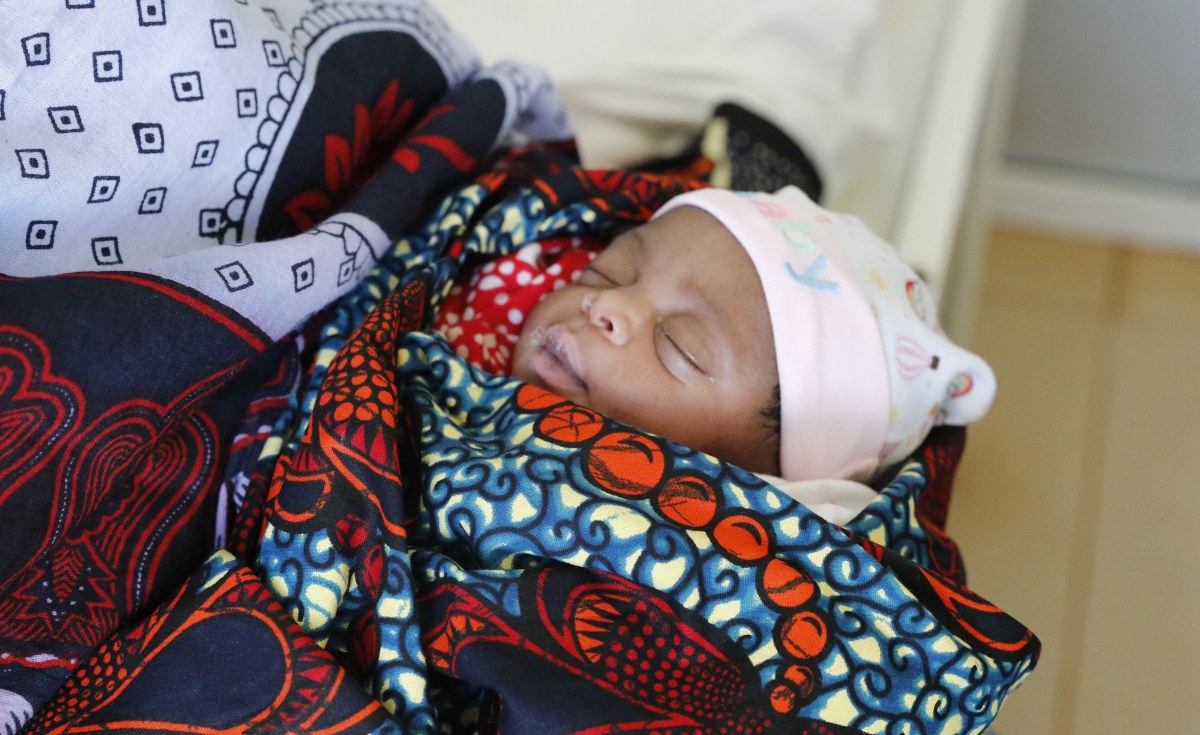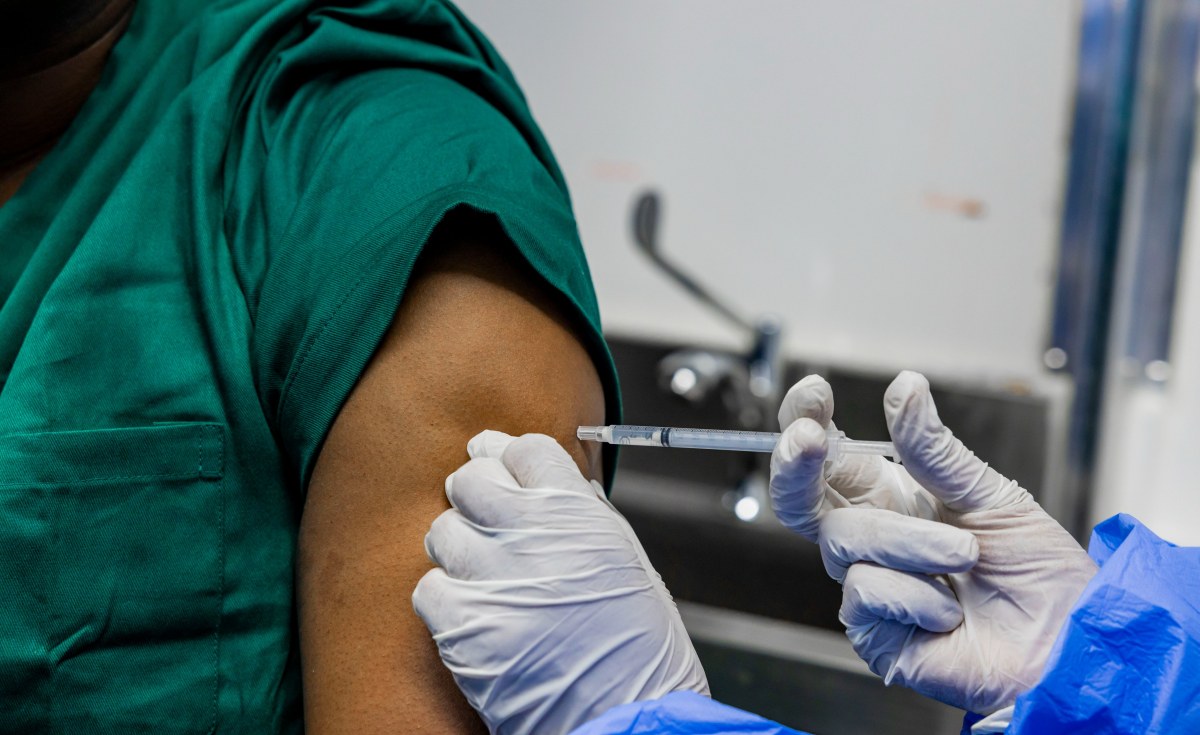
For much of the global economy, 2023 is going to be a tough year as the main engines of global growth – the US, Europe and China – all experience weakening activity, the head of the International Monetary Fund has warned.
“The new year is going to be tougher than the year we leave behind,” IMF managing director Kristalina Georgieva said on the CBS Sunday morning news program Face the Nation on Sunday.
“Why? Because the three big economies – the US, EU and China – are all slowing down simultaneously,” she said.
“We expect one-third of the world economy to be in recession. Even countries that are not in recession, it would feel like recession for hundreds of millions of people,” she added.
In October, the IMF cut its outlook for global economic growth in 2023, reflecting the continuing drag from the war in Ukraine as well as inflation pressures and the high interest rates engineered by central banks like the US Federal Reserve aimed at bringing those price pressures to heel.
Georgieva said that China, the world’s second-largest economy, is likely to grow at or below global growth for the first time in 40 years as Covid-19 cases surge following the dismantling of its ultra-strict zero-Covid policy.
“For the first time in 40 years, China’s growth in 2022 is likely to be at or below global growth,” Georgieva said.
Moreover, a bushfire of expected Covid infections there in the months ahead are likely to further hit its economy and drag on both regional and global growth, said Georgieva, who traveled to China on IMF business late last month.
“For the next couple of months, it would be tough for China, and the impact on Chinese growth would be negative, the impact on the region will be negative, the impact on global growth will be negative,” she said.
Meanwhile, Georgieva said, the US economy is standing apart and may avoid the outright contraction that is likely to afflict as much as a third of the world’s economies.
“The US is most resilient,” she said, “and it may avoid recession. We see the labour market remaining quite strong.”
“This is a mixed blessing because if the labour market is very strong, the Fed may have to keep interest rates tighter for longer to bring inflation down,” Georgieva said.
The US job market will be a central focus for Federal Reserve officials who would like to see demand for labour slacken to help undercut price pressures. The first week of the new year brings a raft of key data on the employment front, including Friday’s monthly nonfarm payrolls report, which is expected to show the US economy minted another 200,000 jobs in December and the jobless rate remained at 3.7 percent – near the lowest since the 1960s.
Last month, the World Bank slashed its China growth forecast for the year as the pandemic and weaknesses in the property sector hit the world’s second largest economy.
In a statement, the institution slashed its forecast to 2.7 percent from 4.3 percent predicted in June. It also revised its forecast for next year from 5.2 percent down to 4.3 percent.
Both figures are well below Beijing’s GDP growth target of around 5.5 percent for the year, a figure many analysts believe is now unattainable.
“Economic activity in China continues to track the ups and downs of the pandemic outbreaks and growth slowdowns have been followed by uneven recoveries,” the World Bank said.
“Real GDP growth is projected to reach 2.7 percent this year (2022), before recovering to 4.3 percent in 2023, amid a reopening of the economy.”
After years of sudden lock-downs, mass testing, long quarantines and travel restrictions, China this month abruptly abandoned its zero-Covid policy.
But disruption to businesses has continued as cases surge and some restrictions remain in place.
Health authorities have admitted that official figures no longer capture the full picture of domestic infections now that mass testing requirements have been dropped.
Share this news
This Year’s Most Read News Stories

Ground handling firms in Zanzibar start cutting jobs
ZAT and Transworld, companies providing ground handling services at Abeid Amani Karume International Airport, have to lay off workers to stay afloat.Continue Reading

Zanzibar airport monopoly puts 600 jobs at risk
On September 14, 2022, the director general of ZAA issued a directive that gave Dnata Zanzibar Aviation Services Limited an exclusive access to the newly constructed Terminal III, barring other operators.Continue Reading

Serikali: Sampuli zilizochukuliwa hazijathibisha virusi vya Marburg
Wakati Shirika la Afya Duniani (WHO) likisema watu wanane wamefariki dunia kutokana na ugonjwa unaoshukiwa kuwa wa virusi vya Marburg (MVD) mkoani Kagera, Wizara ya Afya ya Tanzania imesema sampuli zilizochukuliwa hazijathibitisha uwepo wa virusi hivyo.Continue Reading










